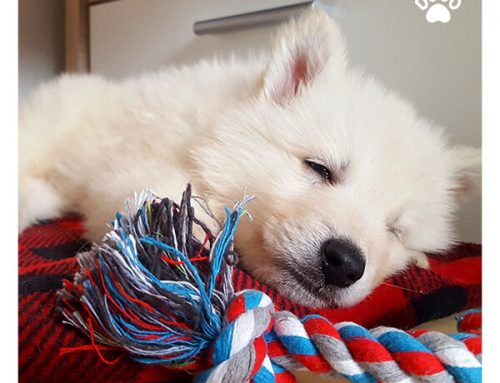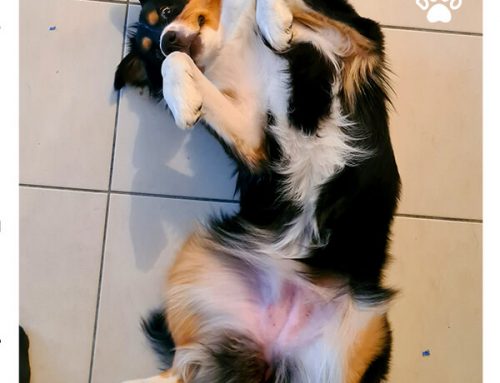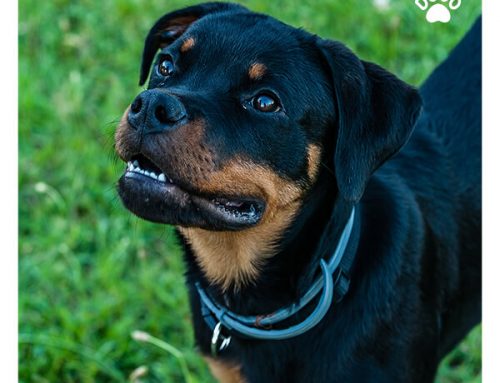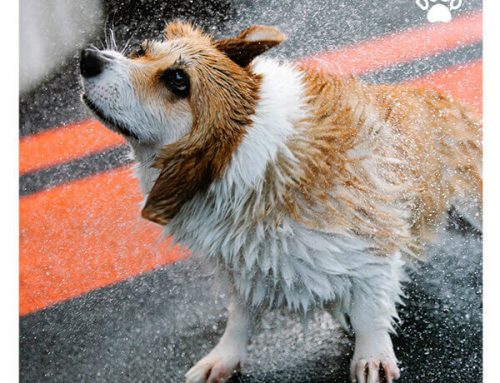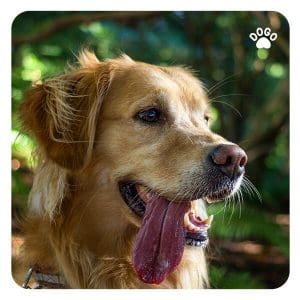
The regular breathing rate for our pups when they are asleep is 15-30 breaths/minute. If you notice it is higher when you observe your pup asleep, you should consult a veterinary doctor to check your fur baby’s heart and lungs.
However, dogs tend to hyperventilate (breath very frequently) when they try to cool down after being exposed to high temperatures or vigorous exercise. Therefore, regular frequent inhales and exhales on a hot day are signs that the dog is hot and naturally cools down. However, highly rapid short breaths could indicate that your dog is unwell. This is because short breaths don’t take in enough oxygen in the lungs to provide the body with.
How Long Should a Dog Pant After an Exercise?
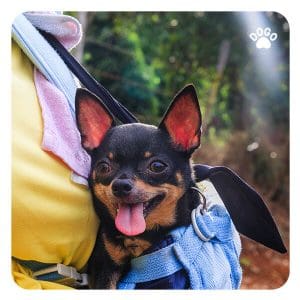
It’s essential to understand that different breeds of dogs have different exercise requirements, and it’s crucial to tailor your dog’s exercise regimen to their specific needs. For instance, high-energy breeds such as Border Collies and Retrievers require more exercise than low-energy breeds such as Bulldogs or Pugs. Additionally, it’s important to gradually increase your dog’s exercise level to avoid overexertion and injuries. If you notice that your dog is panting heavily and seems to be in distress after exercise, you should consult with your veterinarian to identify any underlying health issues that may be contributing to this behavior.
When Should You Get Worried?
- Check your dog’s gums and conjunctival mucous if they are brick red, pale, or blue – consult the doctor
- Short breaths, unable to take longer breaths
- The dog is weak, trembles, cannot stand firm on their feet
- Drooling with thick saliva while open mouth breathing
- Measure the dog’s anal temperature if it is higher than 103 Fahrenheit/39°C
- Dry gums
- Vomiting and loose stool
- The breathing rate is not normalizing after 10 minutes in a cool room
There are many causes of a heavy dog panting, but if your dog was exposed to high temperatures, most likely, your dog is overheated. Bring them into cool water (not freezing cold as it would constrict blood vessels and would make things even worse), take your dog to a shadow, offer plenty of water, and put a damp towel under them to lay on. Put water on paws and ears. Avoid stress and remain calm; stressful situations require more oxygen from your dog and cause them to pant even more. If your dog is dizzy or vomiting or has high fewer, arrange a vet visit to ensure the car has a/c, no walking!
If you notice that your dog is panting excessively and seems to have difficulty breathing, it could be a sign of a respiratory problem such as asthma or bronchitis. In this case, it’s crucial to seek veterinary care immediately to identify the underlying cause and provide appropriate treatment. Additionally, if your dog is panting and seems restless or anxious, it could be a sign of stress or anxiety. You can try to calm your dog down by providing a peaceful environment, playing calming music, or using calming aids such as pheromone diffusers or herbal remedies.
How to Prevent Unhealthy Dog Panting

Additionally, make sure to build up your dog’s fitness level gradually. For example, suppose your dog was a couch potato before, and you want them to be your fitness companion. In that case, you can start with a swimming session or the “Stay Active” program in the Dogo app, to build up your dog’s core muscles and then go into more strenuous exercises, like jogging.
Enjoy summertime with your dog and stay cool!


